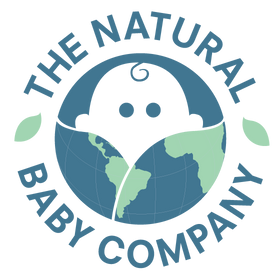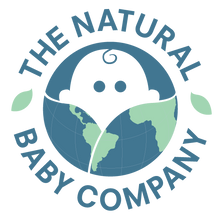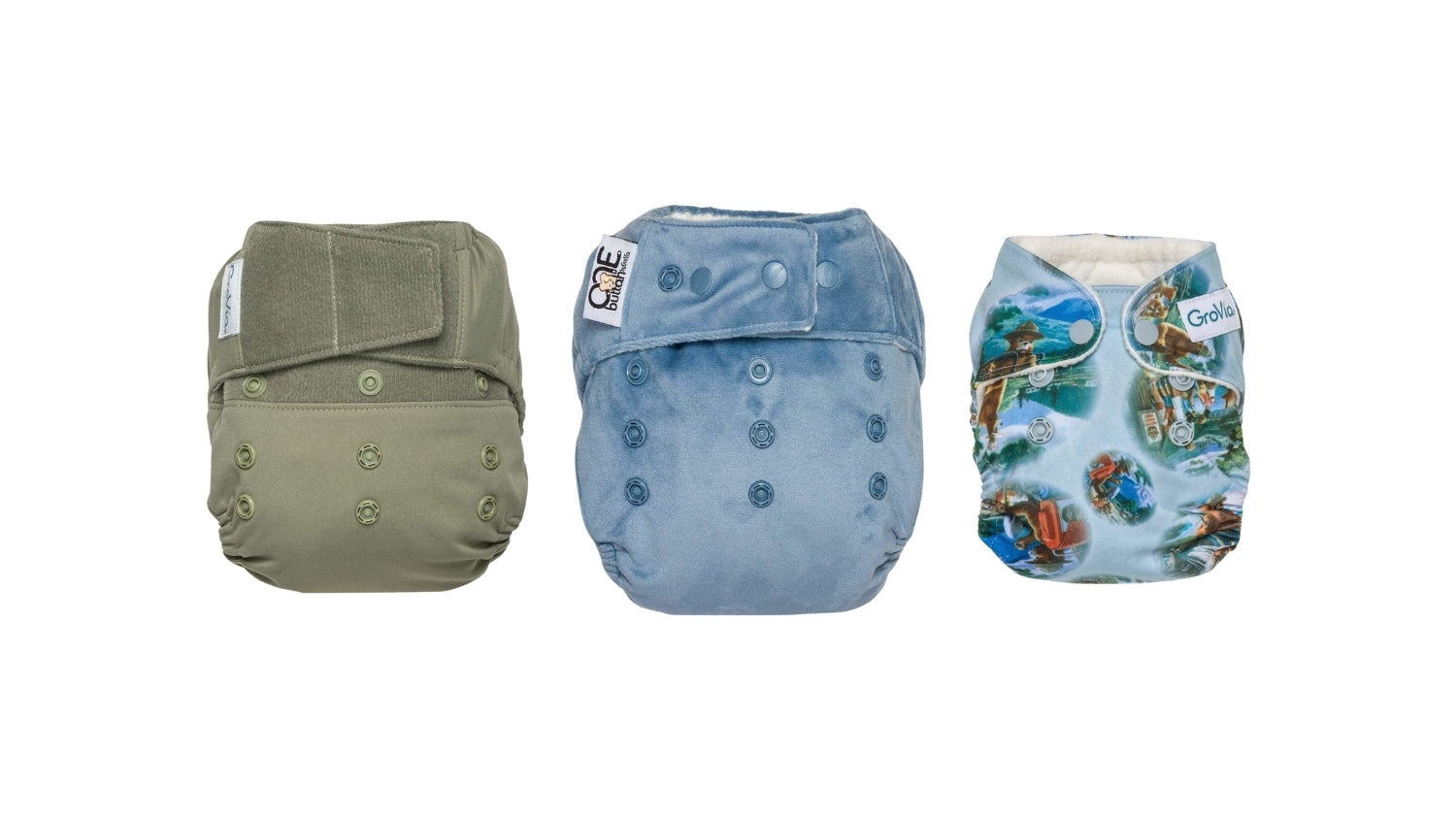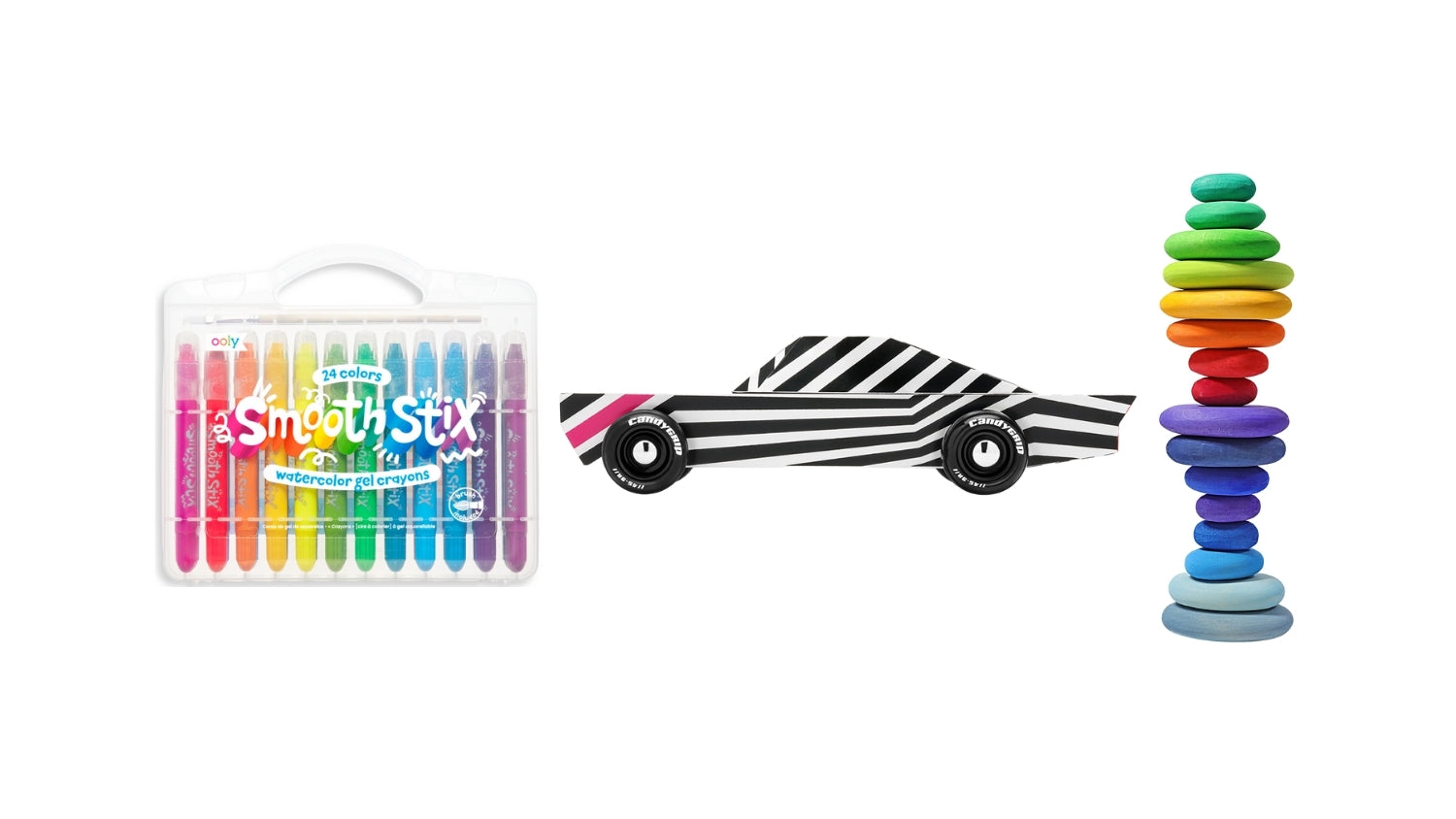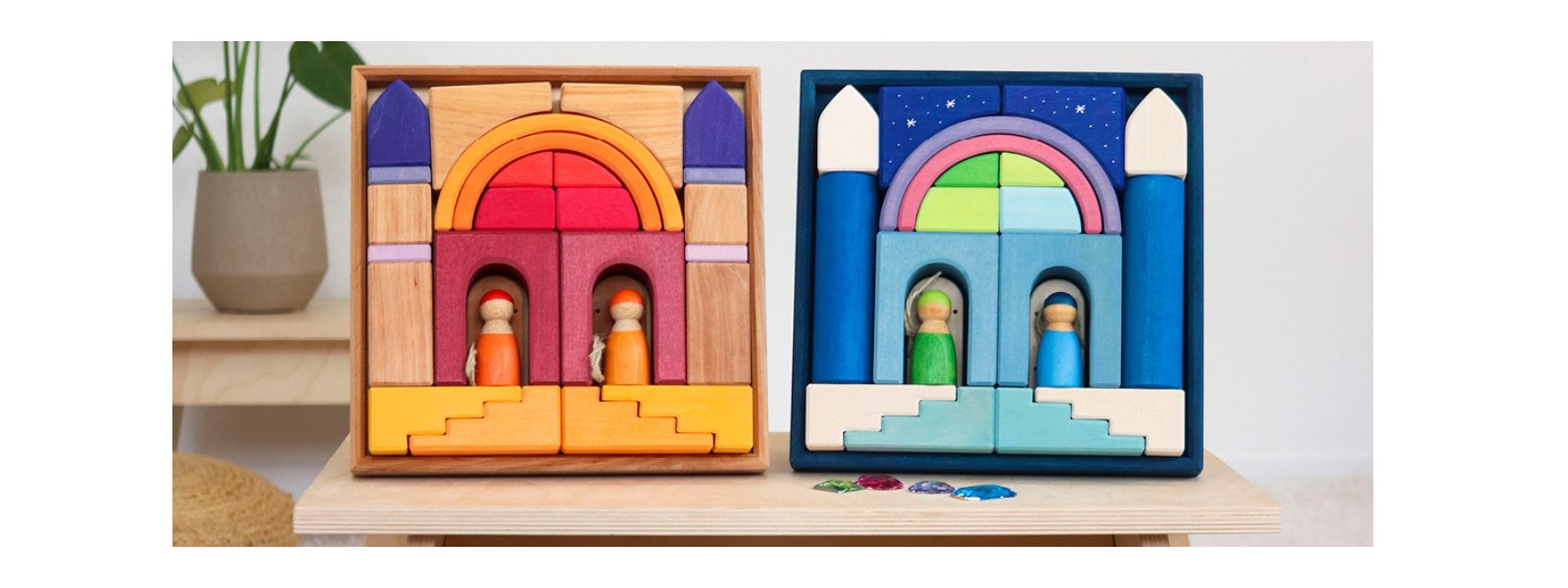Common Materials Used in Cloth DIapers
The materials used in the cloth diapers you choose for your baby are equally as important as the style of diaper you choose. The following is an explanation of some of the most commonly used diaper materials:
Waterproof Materials
Waterproof Layers are commonly made of materials such as PUL (polyurethane laminate) and TPU (thermoplastic polyurethane), the waterproof layers of cloth diapers obviously perform very important functions that most parents will not want to do without. While the processes used to create these fabrics are way too complex for most of us to understand, there are two key questions that you may want to ask the manufacturer of your diaper:
- Do they use solvents in the production of their material? Some PUL and TPU fabrics are created with a slightly more expensive thermal-only process, which has no chance of leaving behind trace amounts of solvents. Other processes use solvents (sometimes in combination with heat) that may degrade over time, meaning that these chemicals will be entering (and staying in!) your household.
- Do the spray-on water repellants they use in the production of their material contain formaldehyde? All waterproof fabrics require that a spray-on water repellant be used to retain the waterproofing features after sewing has occurred. Otherwise, the pinholes made by sewing will cause leaks. Some manufacturers test to ensure that the spray-on repellants used in their diapers do not contain any amount of formaldehyde - a material described by the US National Toxicology Program as "known to be a human carcinogen."
Absorbency Layers
There are a wide variety of materials - sometimes used in combination with each other - used to create the absorbency layers of cloth diapers. The following list details the major materials used, with some of the key features and issues associated with each:
Bamboo - Bamboo fiber is incredibly absorbent. It’s also naturally resistant to bacterial growth. Sounds like it’s too good of a cloth diaper absorbent material to be true, right? Unfortunately, bamboo is not as great of a choice or even organic, as it’s often labeled. Because the bamboo plant grows quickly, it can be farmed with very little negative impact on the surrounding ecology. The not-so-great part is the process of converting the bamboo wood into the soft, absorbent fiber used for cloth diapering. The manufacturing process is complicated and full of harsh chemicals, so it does cause some environmental harm and often isn’t correctly defined if it has an organic label.
Cotton - Cotton is the most commonly used plant based fiber on earth. Because of its incredible popularity and many uses, cotton production is a major industry, and not all cotton is created equal. The cotton industry does use GMO cottons that can be harmful to farmlands and the surrounding environment in an effort to meet demand. To seek out a cotton that is the most ecologically responsible in production, and to guarantee that your child's diapers are not made of GMO cottons you will want to check for organic certification of the fabrics. For example OEKO-TEX® Certification is considered the gold standard in textiles that are free from harmful substances. Read more about Certified Organic Cotton.
Hemp - Hemp is also a natural fiber that’s naturally resistant to bacterial growth. While it is more hygroscopic than cotton, meaning it can hold more water, hemp materials are very thin and unable to instantly absorb water like cotton or polyester can. For this reason, hemp fabric is often paired with another absorbent fiber, like cotton, in cloth diapers.
Modal - Modal fabric is similar to bamboo in two ways: it’s made from wood pulp and it can’t correctly be labeled as ‘organic’ due to how it’s manufactured. Modal differs from bamboo in that it’s made from the wood pulp of beech trees rather than bamboo. This absorbent material is well-loved for its incredibly silky feel and ability to retain its softness after lots of use. Another key advantage to modal fabrics in cloth diapering is that they are resistant to mineral build-up that many cloth diaper users struggle with when washing their diapers in hard water.
Polyester - Polyester is a man made material, and as such is made with chemicals and petroleum. In diapering the word "polyester" is often replaced with "microfiber," "minky," and occasionally "zorb". These products are quite absorbent, but they do wear out over time, loosing the ability to absorb with continued wear. Microfiber is often used in pocket diapers and should never be used directly against a baby's skin as it can be irritating. The microscopic structure of these fibers that makes them so absorbent can also make them incredibly difficult to get thoroughly clean with each washing, and therefore tend to develop odors over time.
Other Common Materials Used in Cloth Diapers
The porous and water-resistent properties of the following fabrics allow for them to be used in unique ways for cloth diapering.
Fleece - Polyester fleece comes in many weights and varieties and can perform several different functions. The thinnest fleece is often used on the interior of a diaper as a stay dry layer, as described further below. Thicker fleeces can be used in making a breathable cover for diapers. If there is a very absorbent diaper underneath, fleece can be an incredibly successful fabric as a cover for diapers since it is so water resistant, yet porous for breathability. It is often sewn into "soakers," "shorties," and "longies" at home for economical and adorable diapering. Fleece does vary in quality however, and can be prone to compression leaks when used in a car seat or baby carrier for an extended time.
"Stay Dry" Fabrics - Suedecloth, microfleece, and athletic fabrics - which are porous polyester fabrics - are frequently used in diapering as a "stay dry" layer. These fabrics are not designed to absorb liquids, so when used inside a diaper as the layer closest to a baby's skin the urine passes through them and into the absorbent layers of the diaper. This helps to keep moisture away from a baby's skin longer, helping the skin to "stay dry."
Wool - Wool is the most natural and breathable material available for use in diaper covers. It is naturally resistant to bacterial growth and when lanolized it is incredibly water resistant. Wool interlock fabric, as well as knit and crocheted items, all require hand washing and lanolizing but many who use wool as their choice for diaper covers find the benefits of wool to be worth the higher maintenance of the material. A wool cover paired with an absorbent fitted diaper is a very breathable choice and is popular for children who are more rash prone as well as for night time diapering.
Modern cloth diapers come in many varieties so that each family can find exactly what works for them. Considering the source of your diapers, and which fabrics you most want wrapped around your baby is an important part of cloth diapering as you will be reusing the diapers many times over the next few years. View different styles of cloth diapers offered from The Natural Baby Company.
